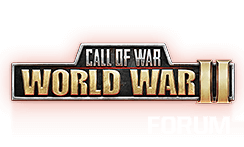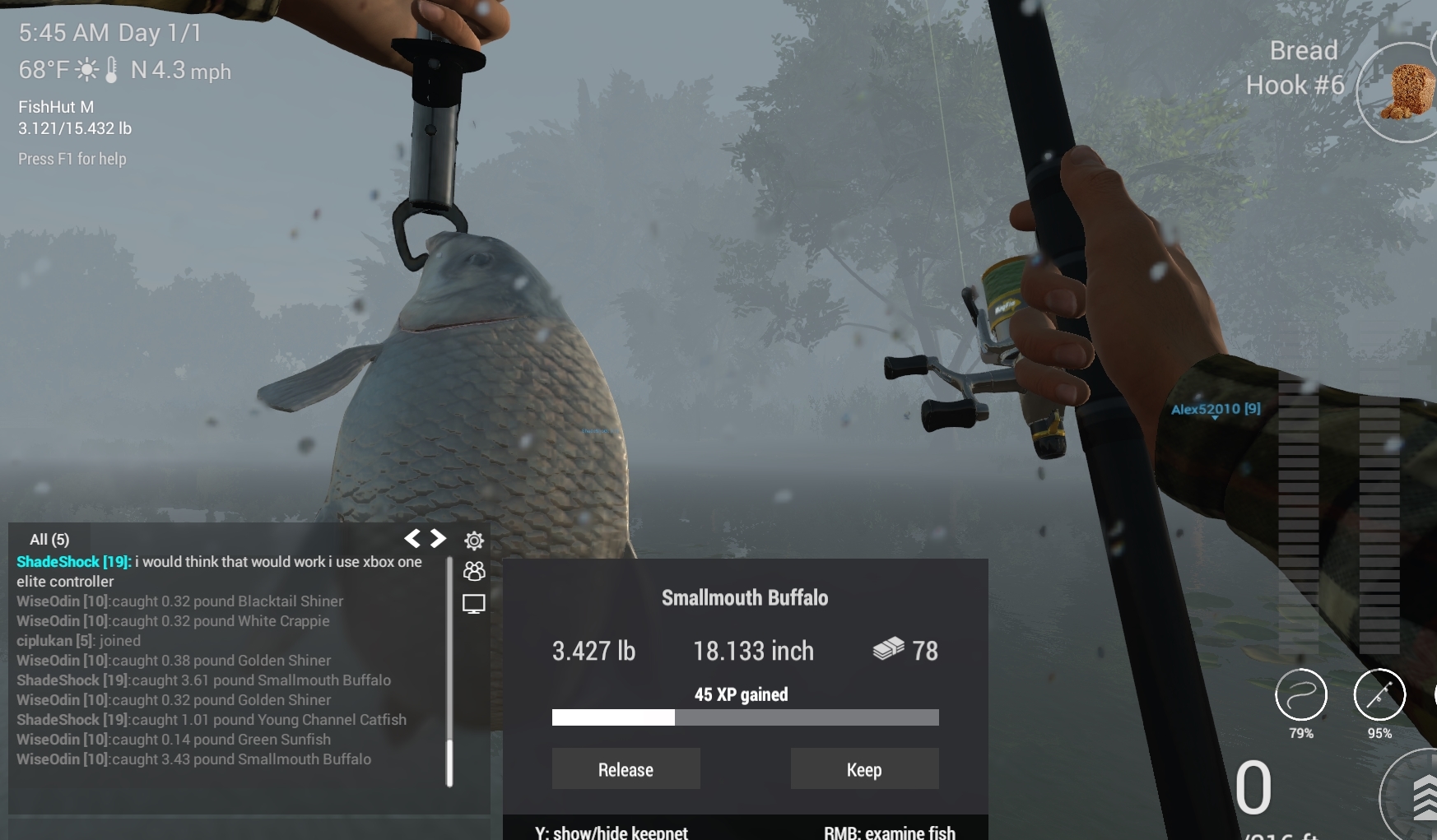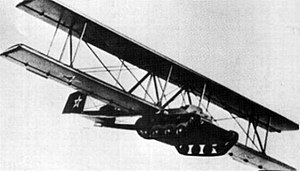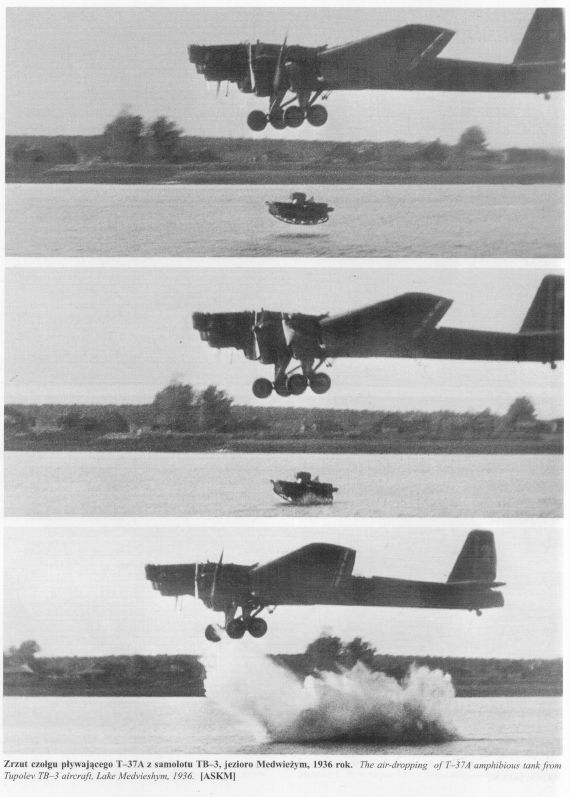From the Wikipedia article "M116 howitzer":
"An airborne division, according to the organization of February 1944, had three 75 mm howitzer battalions – two glider field artillery battalions (two six-gun batteries each) and one parachute field artillery battalion (three four-gun batteries), in total 36 pieces per division. In December 1944, new Tables of Organization and Equipment increased the divisional firepower to 60 75 mm howitzers (as an option, in glider battalions 75 mm pieces could be replaced with more powerful 105mm M3)."
The great advantage of the glider-delivered 75 mm guns was that they could be delivered intact, instead of tossing multiple color-coded packs of their disassembled parts out of the side door of a C-47, requiring the pieces to be recovered and re-assembled by the paratrooper artillery men. The 75-mm pack howitzer was designed to be maneuvered by hand, but one of the roles of the glider-delivered jeeps was to tow the guns as needed.
The standard organization table for American airborne divisions called for 36 75-mm pack howitzers at the time of Overlord/Neptune, but this was substantially augmented for D-Day, together with the 57-mm anti-tank guns previously mentioned.
"An airborne division, according to the organization of February 1944, had three 75 mm howitzer battalions – two glider field artillery battalions (two six-gun batteries each) and one parachute field artillery battalion (three four-gun batteries), in total 36 pieces per division. In December 1944, new Tables of Organization and Equipment increased the divisional firepower to 60 75 mm howitzers (as an option, in glider battalions 75 mm pieces could be replaced with more powerful 105mm M3)."
The great advantage of the glider-delivered 75 mm guns was that they could be delivered intact, instead of tossing multiple color-coded packs of their disassembled parts out of the side door of a C-47, requiring the pieces to be recovered and re-assembled by the paratrooper artillery men. The 75-mm pack howitzer was designed to be maneuvered by hand, but one of the roles of the glider-delivered jeeps was to tow the guns as needed.
The standard organization table for American airborne divisions called for 36 75-mm pack howitzers at the time of Overlord/Neptune, but this was substantially augmented for D-Day, together with the 57-mm anti-tank guns previously mentioned.









 Forum Gang Commissar
Forum Gang Commissar 